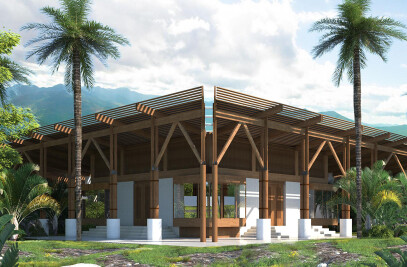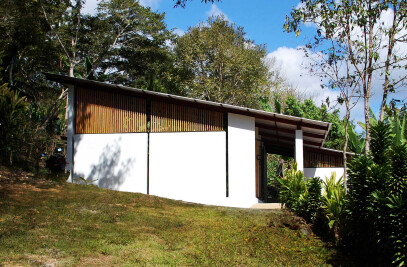Context and Site The XiXiSci-Tech District is one of 6,600 Research and Development zones currently under design or construction throughout China with the goal of creating environments that foster scientific creativity and innovation. This district is located on the western edge of the rapidly expanding Hangzhou metropolis and will be linked to its core by a new network of subways and highways. The previous rich agricultural lands and waterways are quickly being over-run by this rapid urbanization.
Challenge This project’s challenge is to configure a new multi-use district (research facilities, labs, offices, residences, and housing) that enhances innovation and creativity among its inhabitants while integrating the site’s ecology and landscape.
Design Strategy To create an environment which fosters creativity and innovation, this design draws inspiration from the famous gardens at Suzhou where architectural features like courtyards, paths and wall openings frame views of the landscape to articulate the delicate balance that exists between (building - garden), (man – nature), (order – chaos), (finite-infinite), etc.
The Courtyard Model: The courtyard type varies slightly with each building configuration. Access to each courtyard is subtely skewed to alter the view of the landscape and buildings. Each building is surrounded by the water of the re-defined canal so that the land and the waterways interlock like fingers. This distribution of uses and circulation creates un-expected encounters between fellow researchers - residents with each other and nature. This alters the way people regularly view each other and their environment to spark new ideas and thinking.
The Maze Model: The structure of the “Maze” building is largely elevated above the landscape allowing easy vehicular and pedestrian access. The string of buildings is connected by bridges that provide multiple experiential paths though the “maze” and immerse researchers in spaces that are both built-natural and finite-infinite to generate new ideas.

































